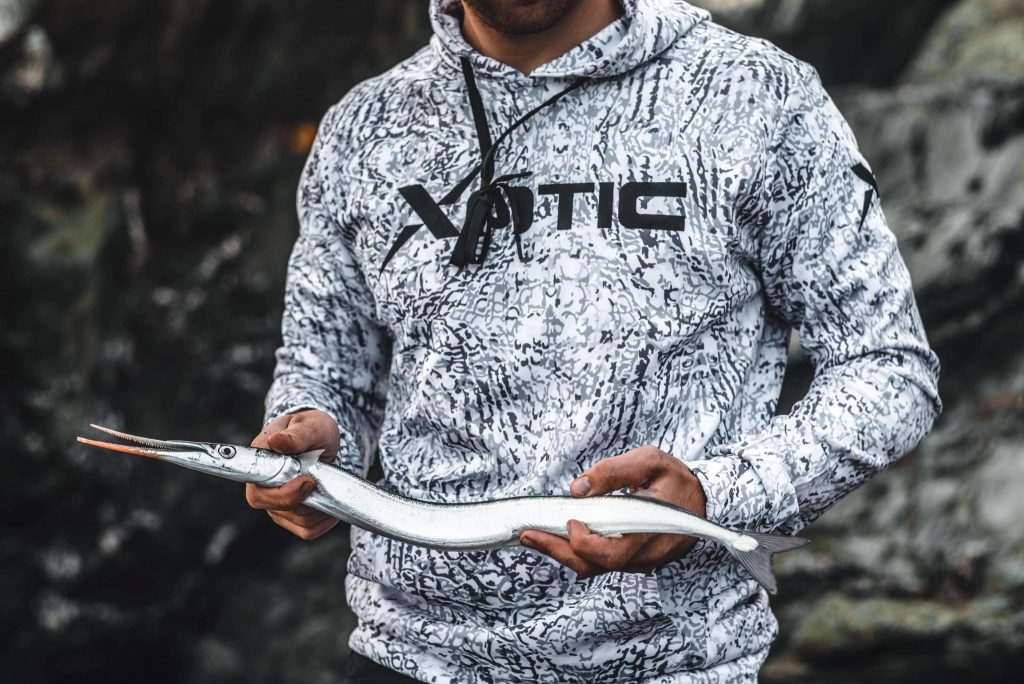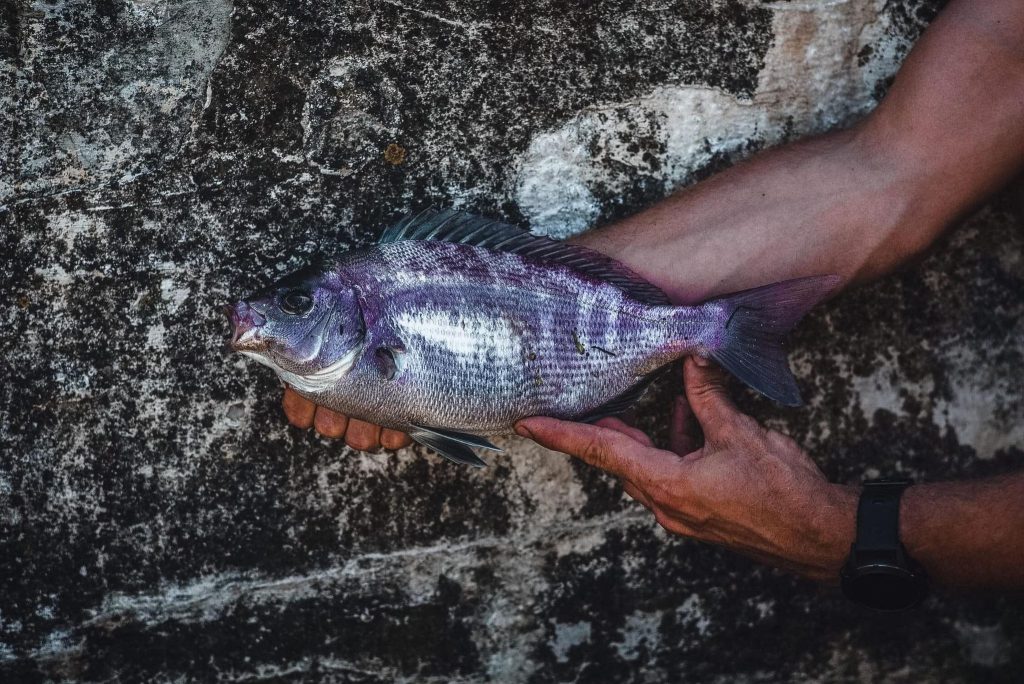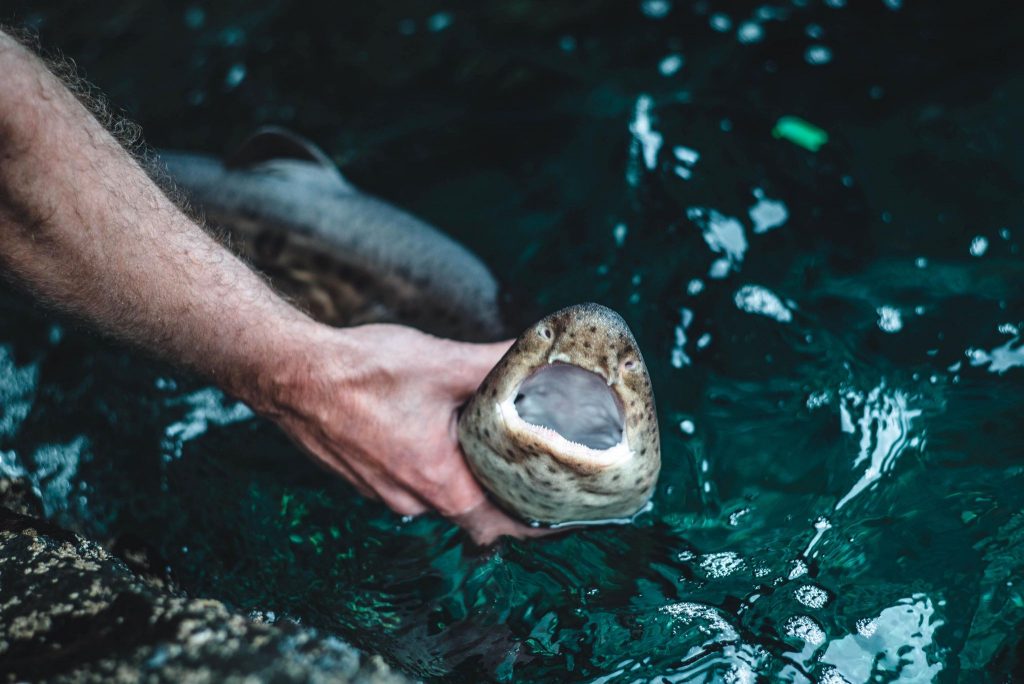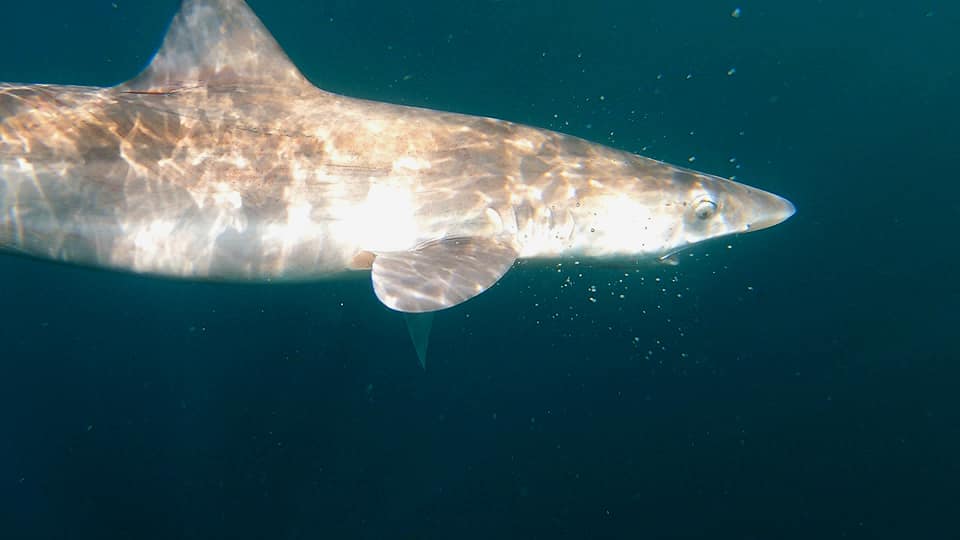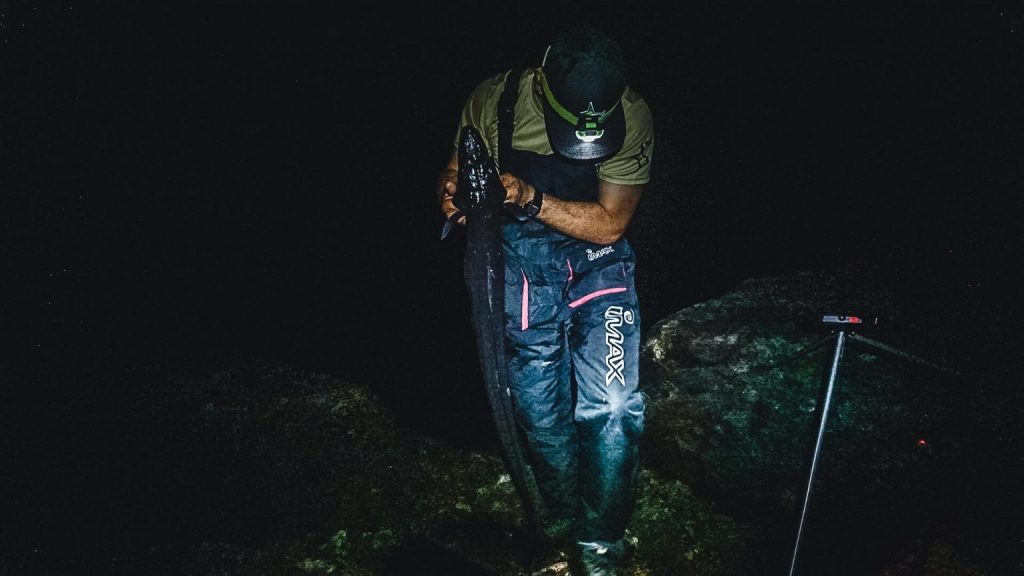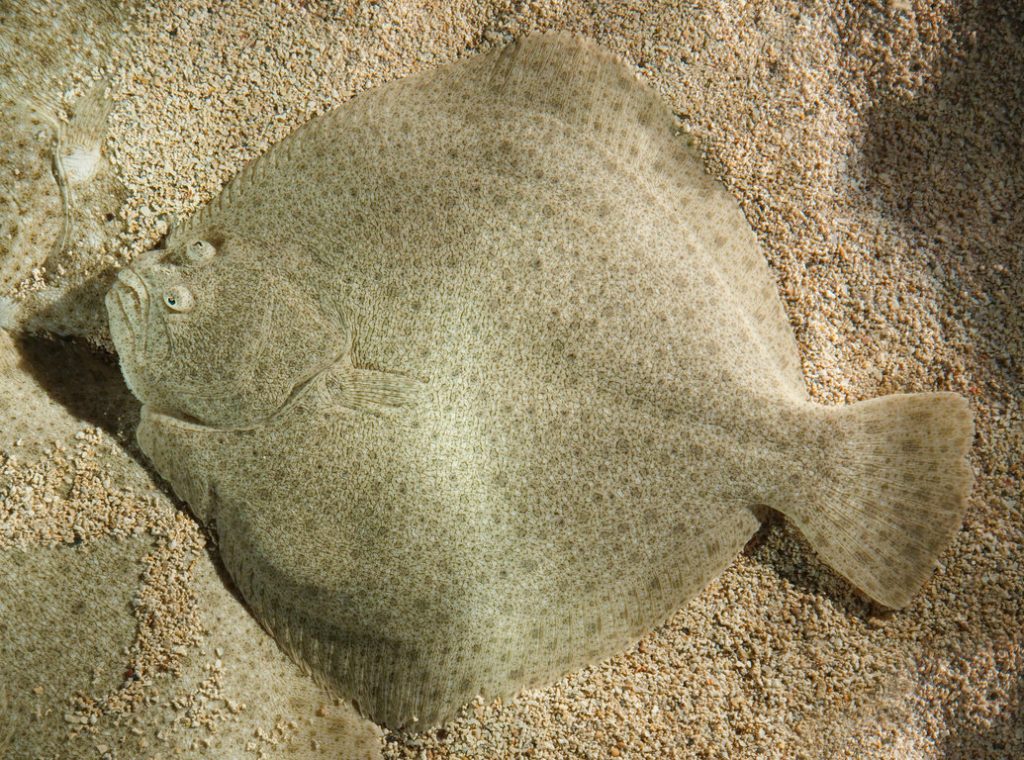
How to catch every flatfish in the UK
There are flatfish dotting the seabed in every marine environment across British shores, each with their own feeding habits and behaviours.You’ll find plaice off sandy beaches, flounder gliding over estuary mudflats, turbot in the surf and in the gulleys of sand banks. There are also lesser-known species we’ll get to… Let’s look at exactly how and where you can catch eat type of flat fish, covering the best rigs, baits and more.
Despite their differences in feeding behaviour, all flatfish should be given time to take the hook and you should resist the urge to strike, opting for a gentle lift into the fish instead. Give the fish time to take the hook. But that is where the universality in fishing for flatfish ends because each species is quite different from the others in how you should go about catching them.
People may imagine flatfish as docile and slow fish, but they can move like lightning and all will hit lures if presented carefully. Baits are generally best fished on the move and lures are best fished very slowly (except for turbot and brill). Catching flatfish is best when combining spinning and bait fishing approaches, which is why a classic rig has always been a spinner tipped with ragworm.
How to catch plaice
If you’re going to fish for plaice or other flatfish while drifting or moving rigs over the bottom, you need to be fishing over clean ground to avoid snagging. This is fine for plaice since clean sand banks are their favourite haunts anyway.
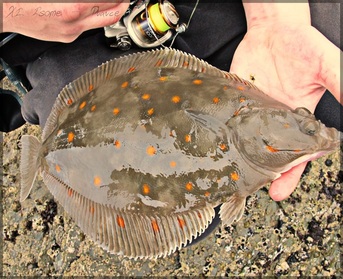
The best plaice rig
Use a running ledger rig with a decorated hook with two small ragworm. Thread the first worm on, and attach the second one roughly to cover the remaining hook to conceal it. Cast out over sand banks and move your bait slowly across the seabed to encourage the fish to chase it. Do not strike bites, gently lift your rod tip. Land your spotted splat.
A running ledger rig is great as it gives the fish a bit of time to take the hook before meeting with resistance. This is a simple rig with a weight that moves freely on your mainline, a swivel and then a trace down to your hook, perhaps with a few beads or a spinning blade attached just above it. How long you like your trace to be is a personal preference, some stick with 2ft, others like long 6ft traces. Your lead weight is not going to intimidate these fish at all, so bear that in mind.
Using beads as a plaice attractant
Some people use the heads of teaspoons that they’ve drilled a hole through, others use bits of plastic spoon, and others stick with a few beads. I would opt for the use of three or four beads and a small Mepps-style silver spinner. Some people like to alternate colours to maximise contrast, for instance putting a black bead and a gold bead beside each other.
A slightly larger ‘pop-up bead’ is designed to float and will suspend your bait just away from crabs and makes it more visible to fish (after all, they mostly look upwards!).
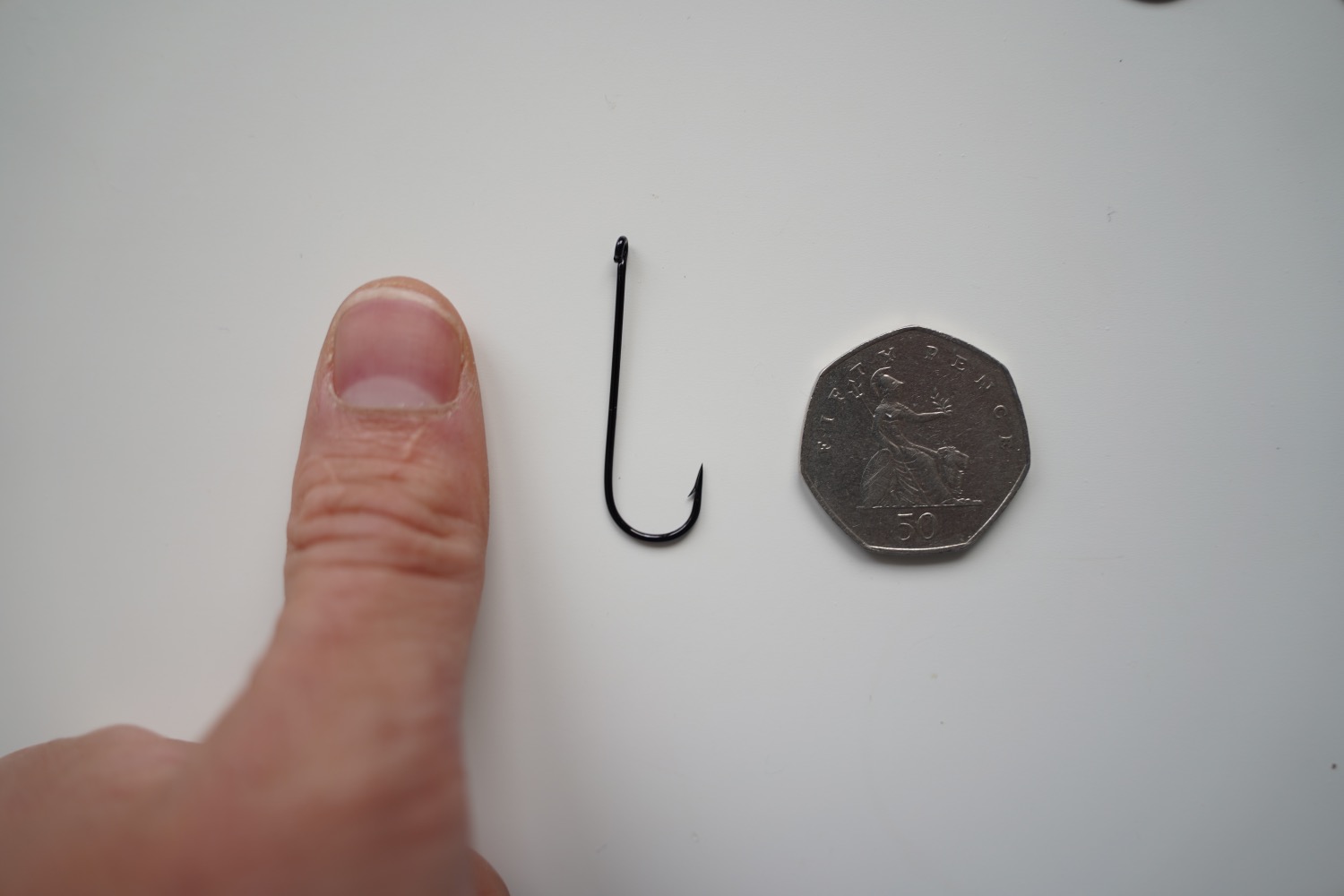
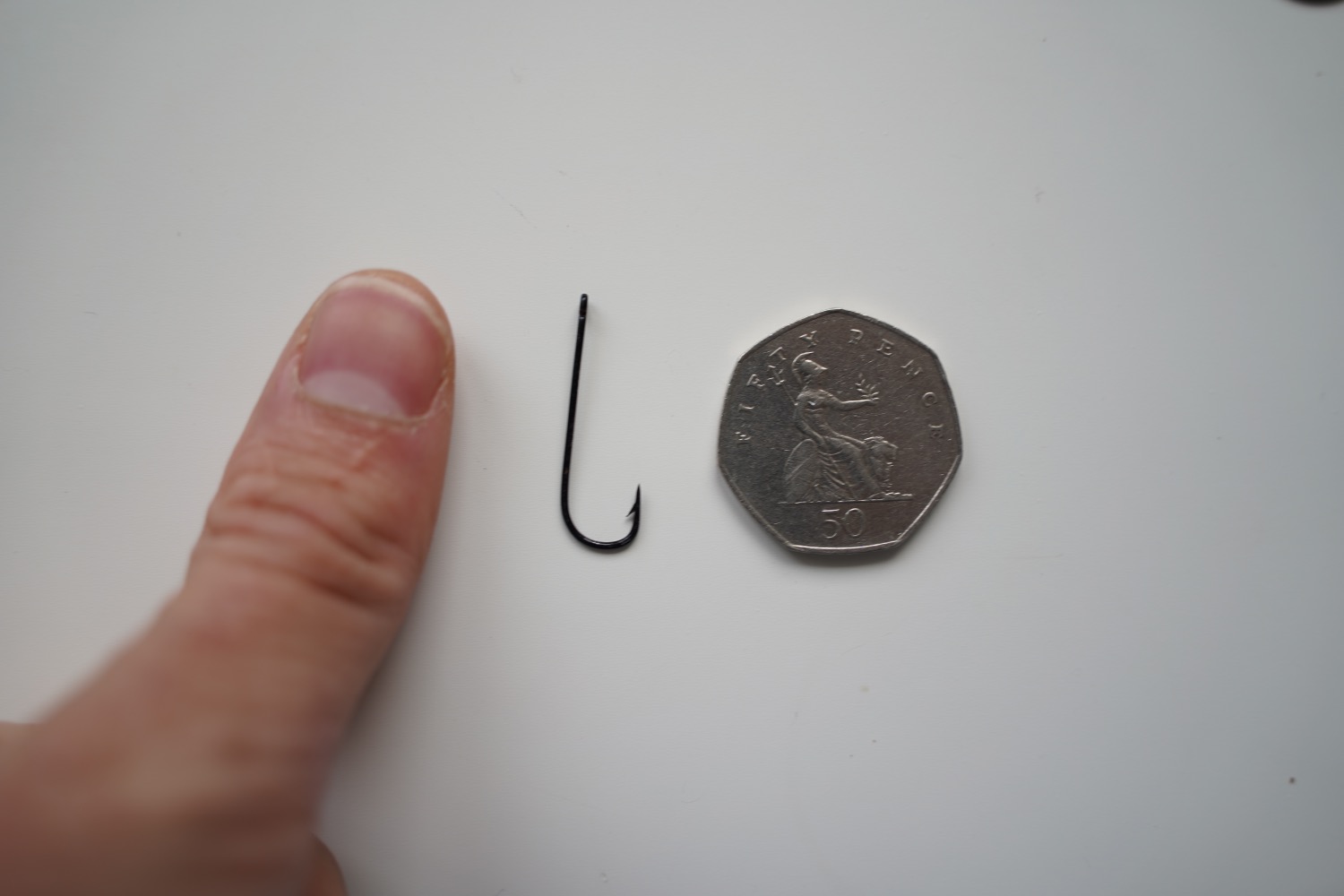
Best hooks for plaice
The best hook size for plaice and flounder is size 1-4. Aberdeen hooks are best, as you want a long fine hook shank for threading on your worm. You need that length to help get the hook into the fish’s mouth (for the opposite reason, circle hooks are best for sharks and dogfish, which are easily deep hooked). Flatfish have a frustrating habit of sucking up a hook and then spitting it back out. Visually, it looks as if the fish has inhaled your hook and then exhaled it again a moment later.
Another thing you can do is avoid striking. Gentling lifting your rod after you’ve felt the characteristic knock-knock-knock is a better bet, to see if there is any weight. It may be that there is for one moment, but then the weight disappears. You want to stop reeling at that point and hope the fish has another go at it. It’s rare to hook a fish after the first bite, they usually spit it out a few times first.
Where to Catch Plaice
Plaice prefer sandy ground and shingle and are very common over deep water sand banks, drop-offs and gullies. The best plaice fishing requires a small boat to be able to drift over shallow sandbanks offshore, but anywhere you can cast over clean sandy ground gives you a chance at plaice. You do find plaice in estuaries, but their appreciation for brackish water doesn’t run nearly as deep as it does for flounder.
Plaice fishing season
Plaice are best targeted between February and September and they often come closer in to shore in the colder months. Offshore Plaice like to feed in the middle of big spring tides when there is lots of water movement, but in places with shallower water like estuaries, smaller tides with a bit less movement can be better.
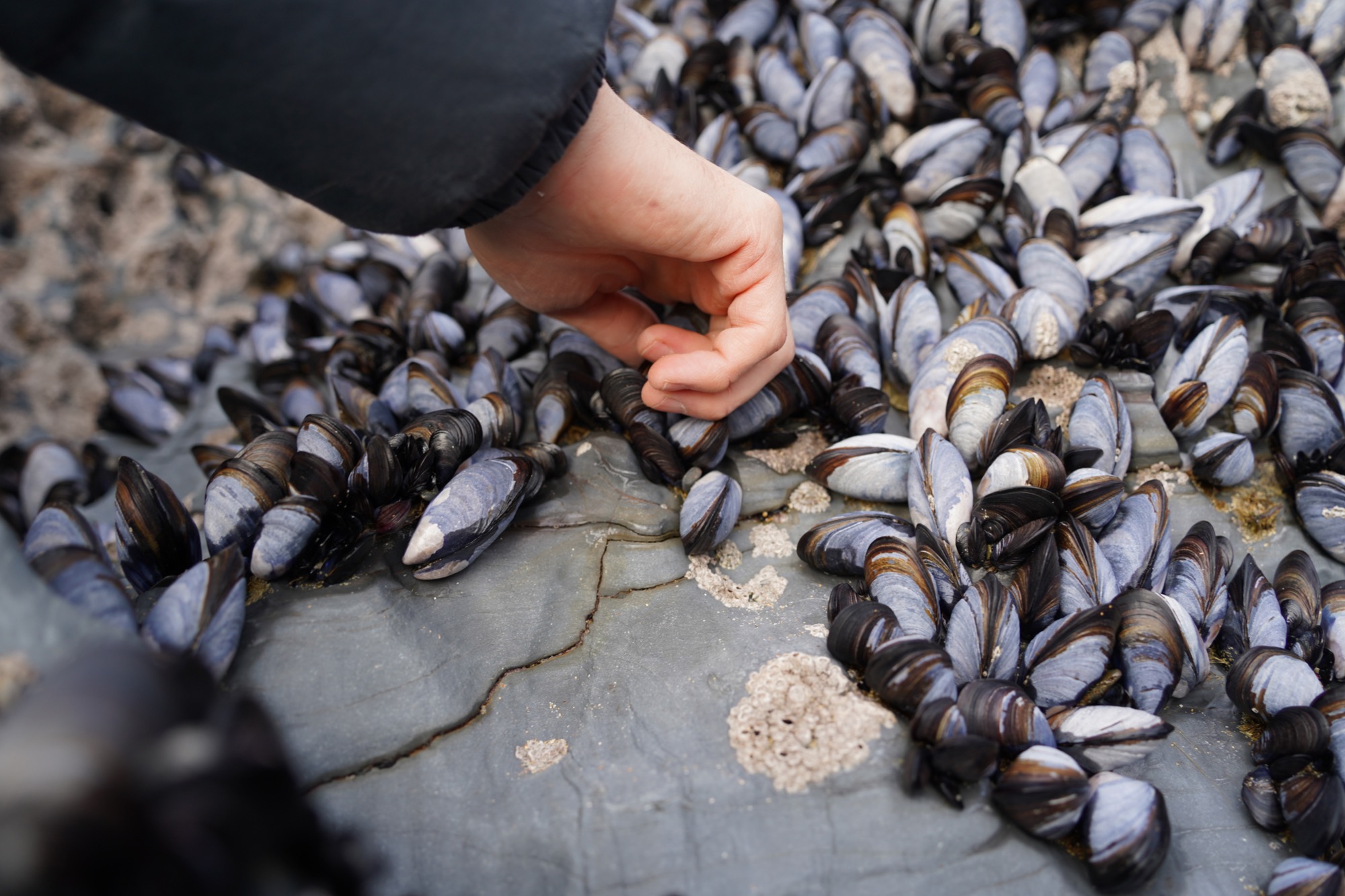
Best bait for plaice
Squid, ragworm or lugworm rigged on a classic Mepps spinner, or else with beads holding a spinner further up the line to make it more visible. Mackerel is also great and you want to use the white belly of the mackerel if you aren’t using baiting elastic as it has firmer flesh that stays on the hook. The white underbelly of a mackerel is also more visible to fish. Plaice are caught directly on the seabed, but it’s good to lift your lure or bait a few feet every now and then or allow it to drift over a sandbank in order to make it easier for the fish to locate. Plaice are very inquisitive fish and will come to inspect lures, even if they don’t usually immediately engulf them.

How to catch flounder
The Flounder is one of a few savours of British winter fishing because they will hunt even when most fish have given up and slowed down their metabolisms in a kind of semi-hibernation! Flounder are actually more plentiful in the winter months. Catch them at the end of the Autumn and they will be fat from a year of eating.
Ideally, you would set up two rods up with a rod rest at a 45-degree angle (so they are pointing forwards rather than upwards. Having your lines lower will mean they catch the wind less and you’ll get better bite detection in your line.
Flounder have eyes on the top of their head looking upwards. You want your bait to be off the bottom, just not by more than 5-6 inches. This also helps to keep you out of the reach of crabs. Using 2-3 floating beads makes a rag worm float.
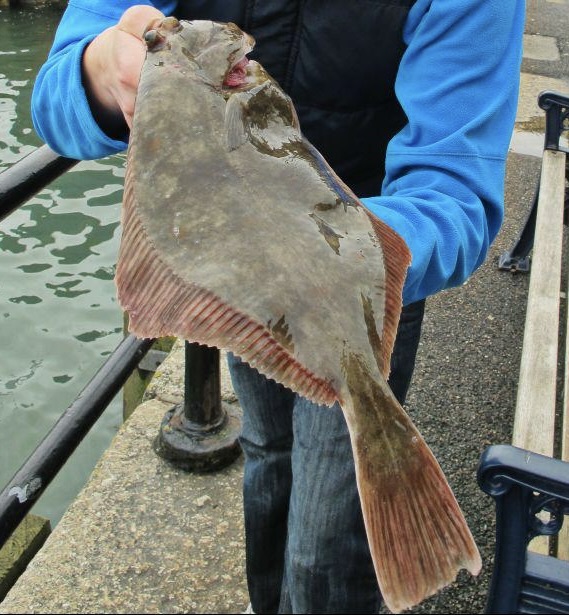
How to identify flounder
Hybridisation between dab, flounder and plaice makes ID much harder, but you can tell the difference generally by the lumpy bony ridge behind the eye of a plaice, which differs from the straight, non-bumpy ridge that a flounder has. Flounder also have more powerful tails, with plaice being more elegant looking fish.
Best flounder rigs
A Wessex Rig or Running Ledger rig will work excellently for flounder fishing. If you are going to be retrieving your rig slowly rather than leaving it static, the running ledger is better as it won’t tangle as easily. The Wessex rig as you know has one hook up one hook down, which means there’s a hook above the lead and another hook below the lead which acts like a running ledger. This rig allows you to fish on the bottom and just above the bottom simultaneously and can be less prone to tangling than many other rigs because the two hooks are further apart.
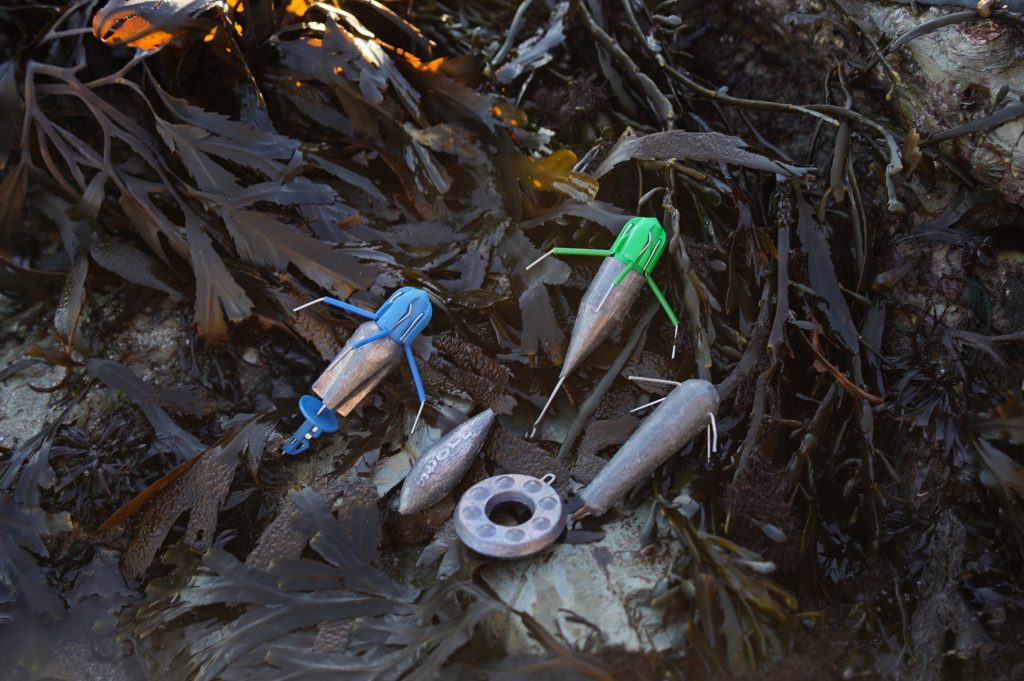
Best weights for flatfish rigs
There are two main approaches.
You can use heavy gripper leads and hold the bottom. This will result in fewer tangles but might require you to fish with a heavier rod.
Or, you can fish with rounded leads to intentionally allow your rig to move with the water. You can control the speed at which your rig moves by changing the weight of your lead. This allows you to seek out the flatfish and cover more ground, but can result in more tangles.
Flounder fishing technique
How to retrieve for flounder fishing
If you’re fishing over clean ground, then moving your bait once in a while is a good idea. You don’t need to worry at all about spooking fish with a gentle retrieve as flounder will happily hit lures fished near the bottom and chase them. In fact, you’re probably more likely to hook up if you move your baits, as that movement stirs up the bottom and creates more visibility, as well as increasing the chance you will retrieve into an area that holds fish. What you want to avoid doing is retrieving too quickly or striking bites, because this will lift your bait way out of the reach of the fish and potentially spook them. You want to tease the fish with a gentle retrieve to pull the bait a metre or two closer every now and then.
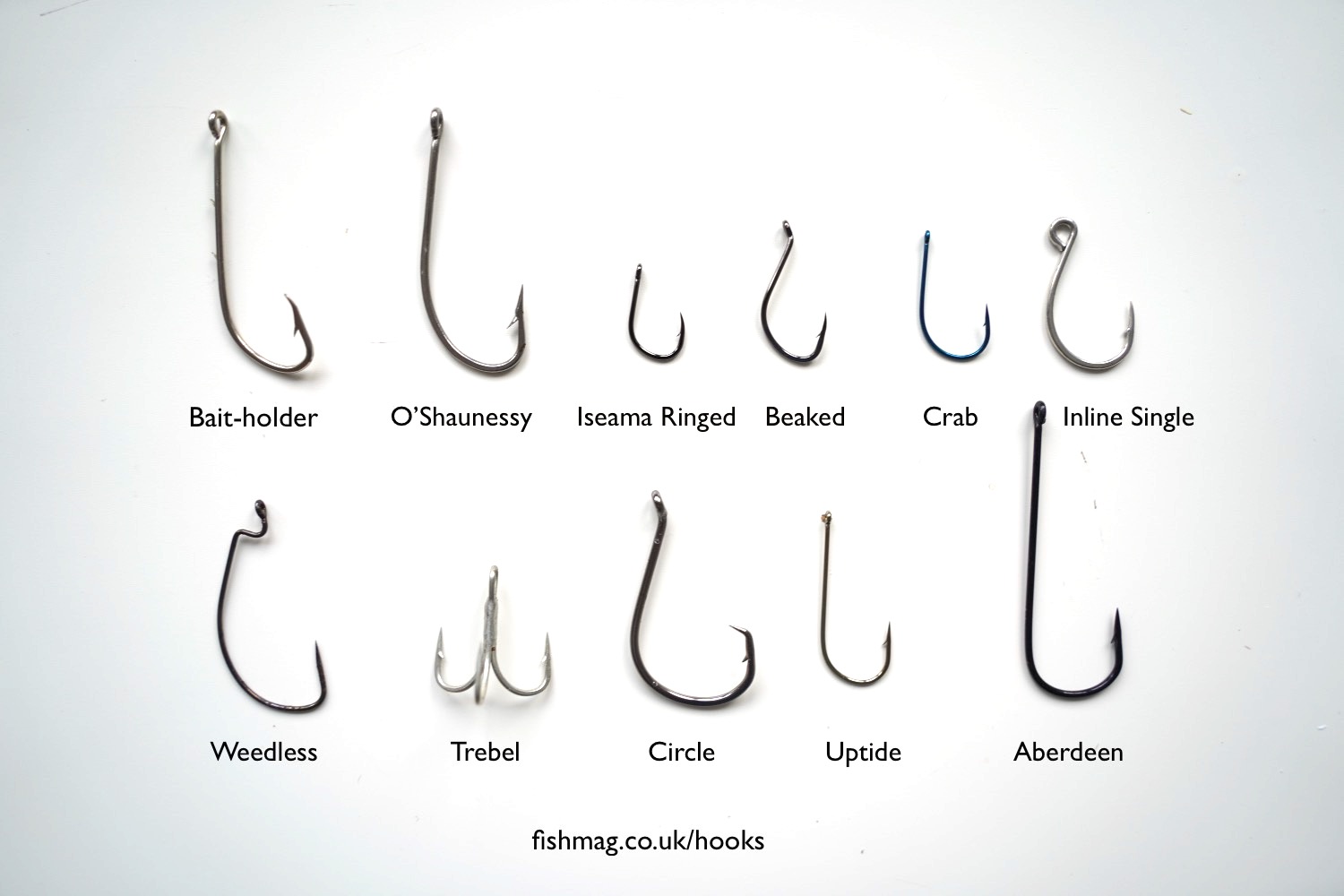
Bite detection & Unhooking Flounder
Disgorgers are essential. If you can’t unhook via the mouth you can unhook via the gills, taking care not to actually damage the gills. This way you pull the hook out by pushing it further in and out through the gills rather than trying to get it out the mouth when it’s in too deep.
Best state of tide for flounder fishing
Fish the whole of the push, starting about one hour after low water, to give the tide time to get pushing.
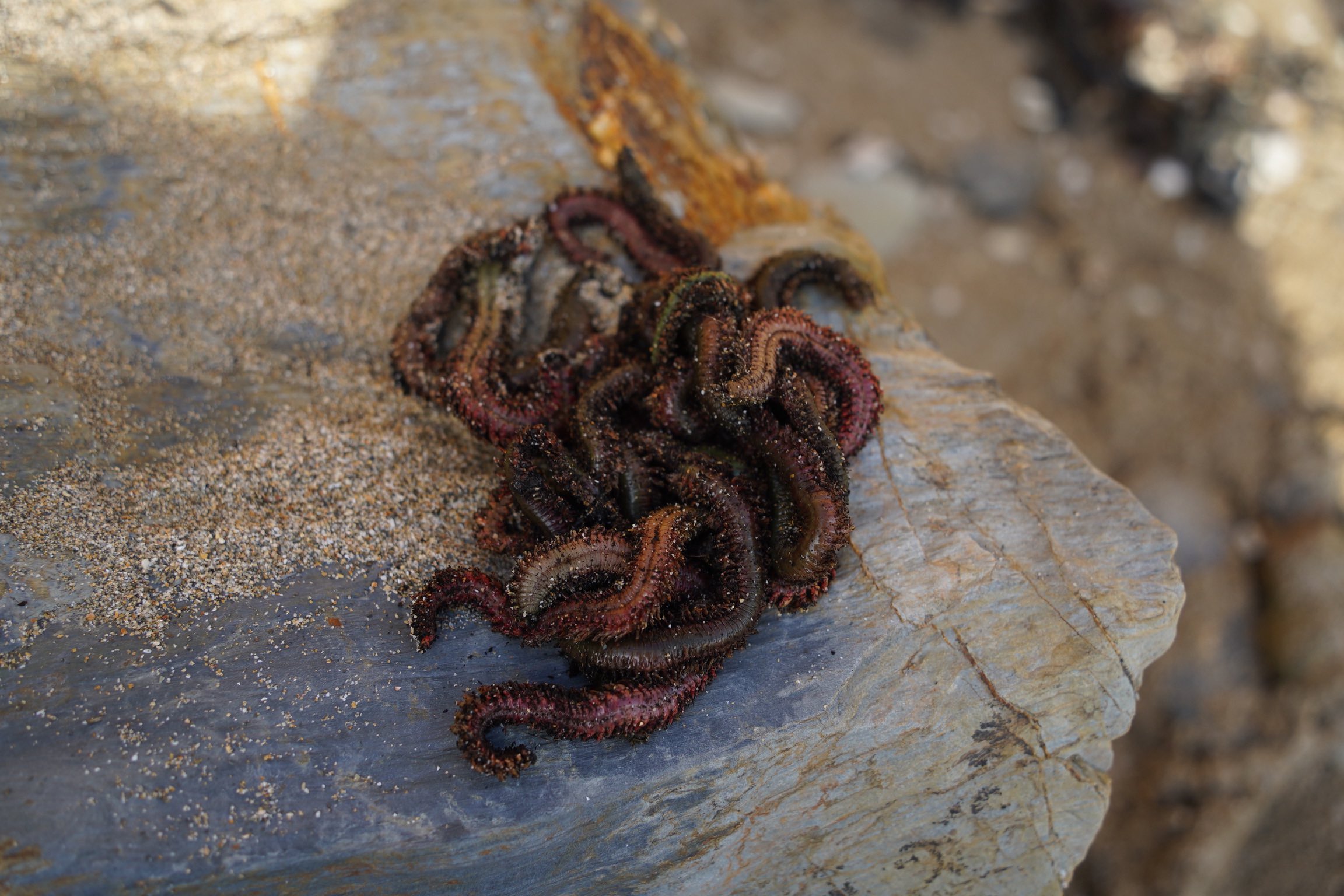
Best bait for flounder
Small rag worms are the best for flounder, as the fish don’t have huge mouths and you don’t want to wedge too much worm in their gobs or they’ll have a full mouth before they ever get to your hook! For turbot and brill, a sandeel, especially one rigged with a worm with baiting elastic to hold the two together, works best.
Best rod choice for estuary fishing
Fishing with two rods increases your chances of getting a hookup, and you can even fish two rods on the bottom and spin at the same time, giving you triple the likelihood of catching fish.
If you’re ledgering for flounder (rather than spinning for them with a Mepps tipped with ragworm or a worm imitation) then you will want an estuary rod. This is essentially just a light beach caster that casts about 6oz. The length this rod needs to be will depend on the estuaries you fish. Some places have channels that are deeper out and require a very long cast, such as the Bristol channel. Other marks do not require much casting at all. I would recommend going as light as you can with a rod that can cast 4oz as a maximum, such as a decent carp rod about 11ft long. Ignore the name ‘carp rod’ it’s all just marketing. Just like a bass rod is great for spinning generally, a carp rod is great for light ledgering at range and gives superb bite detection that’s harder to find in heavier sea fishing estuary rods.
Lure fishing for flounder
These fish are far more predatory than most anglers realise, and just like the American freshwater flounder, they can be targeted effectively with lures. Mepp’s spinners fished over the bottom with a ragworm attached are a common approach, or else a custom rig composed of beads, a spinner to grab their attention and a small size 8 baited hook works well. They are however tentative feeders and you should never strike when you receive a bite, but instead wait for the fish to nibble for a while and gently lift to see if the hook is set before retrieving. If the fish doesn’t hook up, you do nothing with your lure and wait for the fish to regain confidence and return. This style of fishing is a cross between bait fishing a lure fishing with a deadstick approach.
Where to Catch Flounder
Flounder are especially common in estuaries over muddy or sandy-muddy ground and will hover over the seabed all the way upriver until it’s no longer in salt water at all. They tolerate brackish water well and glide over mud banks and sandy gullies. Examples of this include the Bristol harbour area in the South West, where flounder are caught in the freshwater harbour alongside species like perch. They are also found in great numbers in Scottish lochs for this reason.
Flounder fishing season
Flounder are actually more plentiful in the winter months. Catch them at the end of the Autumn and they will be fat from a year of eating.
The Flounder is one of a few savours of British winter fishing, because they will hunt even when most fish have given up and slowed down their metabolisms in a kind of semi-hibernation!
They are particularly active just after a storm, when they inhale anything wiggling or crawling that’s been dislodged by the waves. They feed day and night but may be more active at night time. In estuaries, they will often congregate near lights, and you can often see them if the water is clear in places with good water clarity, as they will swim and hunt in water just a foot deep. I have seen this species while surfing in very shallow water while getting into the sea, so it’s not just turbot that can handle shallow water surf conditions.
How to catch turbot & brill
You will know it if you snag one of these fish. They hunt under the surf, feeding on disoriented fish. For this species you should forget your worm baits and reach for fish baits instead. Turbot also chase lures like the true predators they are and when they’re feeding in the surf, don’t bother with any of the tentative politeness you use for other flatfish species. Even static baits should be moved regularly to create some movement as these fish live for the chase.

Turbot are muscular flat fish that are more rounded than Plaice or Flounder and very similar to Brill, with which they share their mottled, sandy appearance. They grow to an impressive 30lb, and like other flatfish and rays, getting them away from the bottom is challenging and epic on light gear. They have delicate mouths, so you should play the fish progressively but not frantically if you want it to stay on the hook.
Best Bait for Turbot & Brill
The best bait for Turbot is large sandeel (lance), mackerel or garfish. Turbot can also be caught with lures bounced across the bottom over sand banks or by drifting over sandy ground from a boat. You’ll be needing large, strong hooks, the exact opposite of what you’d use for plaice. Even a small turbot has a monstrously large mouth and can easily swallow size 6/0 hooks.
When using mackerel, take the two fillets off the sides of the mackerel and then cut those in two so you have four long baits. Once rigged, use baiting elastic so that they form more of a tube shape. The purpose of this is to stop your bait from spinning in the water and causing line tangles, as well as to help hold your bait together.
The Turbot fishing season is between May and late October
How to catch top knot

Topknot are a prized catch for species hunters deploying LRF tactics and are occasionally caught as bycatch by bait anglers fishing on the bottom over rough ground.
The fish are a perfect oval shape, with a dark mottled appearance that makes them indistinguishable from the rock pools and crevices they inhabit. This is a shallow water species found in depths of no more than 40m, and is sometimes seen at low tide in rock pools – but only when it’s moving – they are invisible when still.
Topknot are best caught by fishing with Marukyu Isome on a very small, freshwater style hook or a size 10 jig head. They are caught directly on the sides of weed-coated harbour walls, especially when the weeds are brown in colour.
How to catch sole and megrim
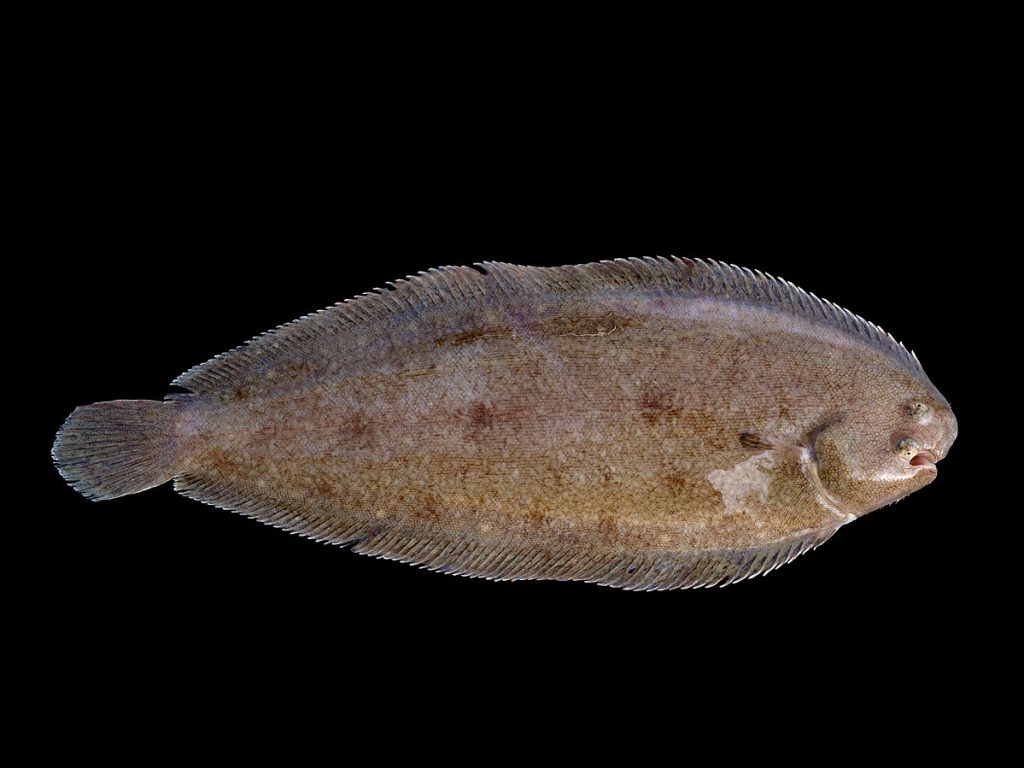
This small, tasty fish isn’t often caught by anglers who favour larger baits because its small mouth makes most anglers’ rigs ineffectual. They also tend to be caught in deep water so don’t usually make appearances on anyone’s lines, because boat anglers will be fishing too heavy for them and shore anglers won’t be within reach of them.
There are three species of sole caught in the UK: megrim, dover and lemon sole. To confuse things further I think sometimes dover sole caught in Cornwall are sold as Cornish sole, along with Megrim sole by the same name. Who knew fish were so concerned with regional identity?
Dover sole have a rough texture compared to Lemon sole with which they can easily be confused. This skin is removed before eating, and the fish has been a favourite for a long time. Posh people have been eating it for centuries. Megrim sole is uglier and has flesh that is less firm, I’m told.
Sole fishing season
The Sole fishing season runs from April through to the end of summer, but they are most active when the water is at its warmest, and they move into deeper waters as the sea cools.
Best bait for catching sole
The best bait for Dover Sole is a lugworm or ragworm rigged on a small hook, like a size 8. The fish are tentative feeders, so striking is a bad idea – these fish need about as much time to finish their meal as the aristocrats that used to eat them back in the day.
How to catch dab
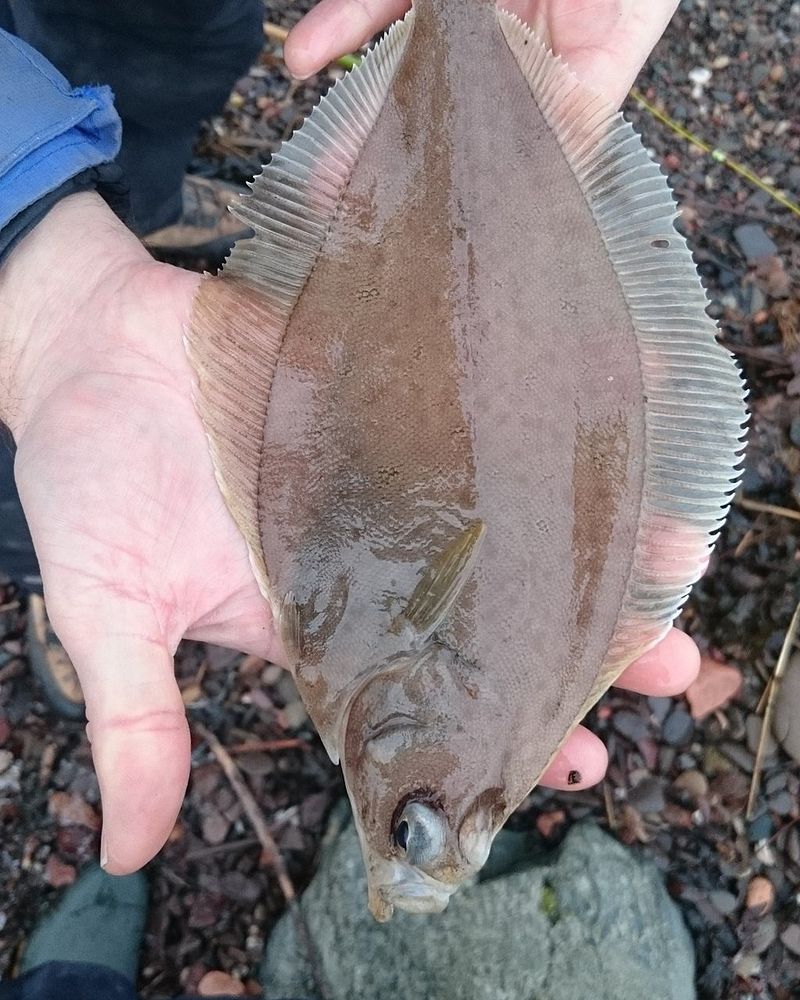
The dab is the most reliable catch in many estuaries throughout the UK, though not always the most welcome one, given their small size. A very large dab is 1lb in weight, and they will eat whatever morsels they can fit in their tiny little mouths, including any baits you intended for something else.
How to Avoid Catching Dab!
You will catch dab on sandy beaches and over mudflats in estuaries with all kinds of baits, so long as they are fished on the bottom. The best way to avoid catching dab is to increase the size of your hooks to filter them out and ensure your baits are properly tied to stop them from being pulled away from the hook.
How to Catch Dab on Light Game Gear
Dab are a lot of fun to catch if your tackle is appropriately lightweight. With an LRF rod, jig head and worm imitation like Marukyu Isome or a Gulp bait, these fish can be targeted effectively.
Dab vs Flounder
Dab, flounder and plaice are often confused with one another. Contrary to popular understanding, flounder can have bright orange spots that look very much like those of plaice. A small flounder is pretty much identical to a dab, and a monster dab looks a lot like a small flounder. The easy way to tell them apart is by running your finger over the back of the fish. If it is rough, it’s a dab. The Latin name for Dab means ‘file’, so the fish earned its name for its rough skin. If it’s smooth, then it’s either a plaice or a flounder. To tell plaice and flounder apart, you can look out for lumps behind the eye of the fish that lead in a bony ridge down to the top of the lateral line. In simpler terms, if it has a ridge without bumps, it’s a flounder. If it has some small bony lumps on his head, it’s a plaice.
Other ‘how to catch’ guides: bass, mackerel, smoothhound, whiting, black bream, garfish, mullet, squid, and ray.

